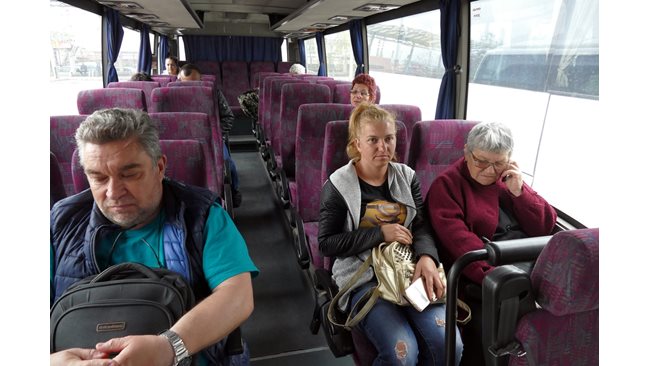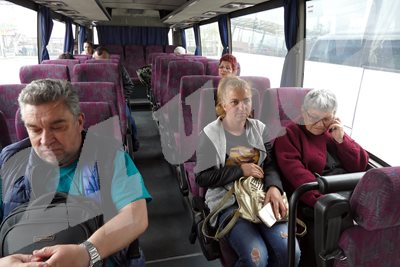
[ad_1]

In order for people from small settlements to reach the big cities, they will have to change buses.
There will be bus lines to large cities only from municipal centers with a population of more than 30,000 people. This provides for changes to the ordinance on transportation schemes, which are published for public discussion.
If they are accepted, then, for example, from cities like Dryanovo there will be no direct line to Sofia, and the people of this city will have to go to Gabrovo or Veliko Tarnovo and from there take a bus to the capital.
Cities with a population of more than 30,000 people are, for example, Sandanski, Petrich, Kazanlak, Dupnitsa, Svishtov and others. It will be possible to open a bus line from Sandanski, but the carrier does not have the right to stop in Blagoevgrad to pick up passengers from there, explained the head of the Executive Agency “Automobile Administration”, Boyko Ranovski, to “24 Chasa” the changes.
According to him, at this time a bus line can be launched from any town to a big city.
Ranovski recalled that last year interregional transport plans were introduced in the Road Transport Law. If the ordinance changes are scheduled, then at least half of the Republican’s routing times will pass on interregional transportation schemes. According to the ordinance, they connect settlements in two neighboring districts without establishing a connection between the district centers. Republican and interregional transportation plans are approved by the Minister of Transportation.
The changes would lead to between 1,000 and 1,200 route schedules remaining in the Republican scheme, of which 1/3 will be suspended due to population needs, the head of the automobile administration recalled. There are currently more than 200 route schedules.
Even with the entry into force of the new requirements, the already concluded bus service contracts will be valid until the end of their term.
Each settlement must have transport connections at least with the municipal center, further changes are foreseen in the ordinance. This requirement is introduced after numerous signals from residents for lack of transportation. If a settlement does not fall within the scope of the national transportation scheme, it must be served by the municipal and regional transportation schemes.
A new bus line or a new course on an existing one is opened only after a passenger flow study. This is believed to limit the unjustified expansion of transport schemes in the absence of sufficient passengers and the lack of profitability of bus lines.
There must be an interval of 1 hour between buses that leave from a bus stop or station, if they are of the regional or national scheme. If there are intermediate stops, there should also be a 60 minute interval. Currently, the requirement is to have a difference only for the departure times of the two final stops. The time that must separate buses from inter-city and municipal transport schemes is still 30 minutes. Time slot requirements also include inter-regional transport schemes.
Permission is also introduced so that extraordinary courses have the right to carry passengers on the return journey. So far this has been hurt.
The ordinance texts spell out what exactly a Republican transportation plan is. There are bus lines that connect the regional centers of two or more districts. It includes lines between a municipal center with a population greater than 30,000 inhabitants and a district center in a non-neighboring district. In this case, the intermediate stops are all settlements without the regional centers. The third type of lines are seasonal, related to resorts. Once again, they are connecting cities with more than 30,000 inhabitants and regional centers with tourist centers by bus.
At the end of 2010 an attempt was made to make a change in the republican scheme with schedules again with places with a population of more than 30,000 people in the Road Transport Law, but after serious debates in parliament it was not approved.
[ad_2]